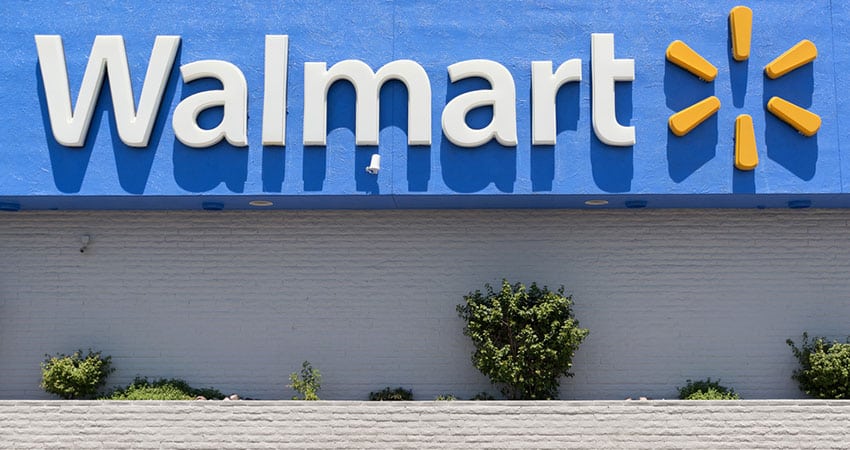Six months removed from a fourth-quarter stumble in ecommerce that caused some concern among analysts and industry watchers, Walmart is continuing on a strong online growth path, increasing ecommerce sales 40% in Q2 after a 33% jump in the prior quarter.
Walmart’s total Q2 revenue was $128 billion, an increase of $4.7 billion or 3.8%.
“We are pleased with how the customers are responding to the way we’re leveraging stores and ecommerce to make shopping faster and more convenient,” said Doug McMillon, President and CEO of Walmart in a statement.
Walmart U.S. comp sales increased 4.5%, the strongest growth in more than 10 years, led by the performance of grocery, apparel and seasonal. The strong comp sales were supported by traffic and ticket growth as each exceeded 2%.
“We’re continuing to aggressively roll out grocery pickup and delivery in the U.S. and we recently announced expanded omnichannel initiatives in China and Mexico,” said McMillon.
Walmart’s omnichannel saw significant progress with an expanded online assortment, including 1,100 new brands. Grocery pickup is now available in more than 1,800 locations and the company is expected to reach about 40% of the U.S. population by year-end with grocery delivery.
“Our omnichannel initiatives are contributing to comp sales growth and providing customers with new levels of shopping convenience,” McMillon said. “To help deliver a more compelling store experience, we continue to bring digital capabilities to our stores to deliver a seamless experience for customers, however they choose to shop.”
Sam’s Club sales increased 5%, the strongest growth in six years. Net sales at Walmart International were $29.5 billion, an increase of 4%. Excluding currency, net sales were $29.2 billion, an increase of 3.1%.
“The Amazon acquisition of Whole Foods challenged the way consumers think about grocery and caused many chains to rethink their value proposition,” said Andrew Park, Senior Direct of CX Strategy at InMoment. “Instead of focusing on what makes their brand unique, many looked to mimic this partnership thinking that this new blend of digital and brick-and-mortar is what all consumers want.”
Far from undermining its traditional brand identity, Park said Walmart’s moves into online grocery pickup and delivery services shows it is fighting to differentiate itself and update its customer experience to offset the Amazon effect.
“Though Walmart has worked to match Amazon’s digital infrastructure, the brick-and-mortar mega-retailer smartly views its physical stores as a strength helping provide a competitive edge over Amazon which has struggled to scale outside of ecommerce,” said Park.
Walmart continues to make aggressive moves to innovate and integrate new technology into the customer experience such as automated mobile carts, virtual and augmented reality applications and patents for customer service drones in stores, he said.

